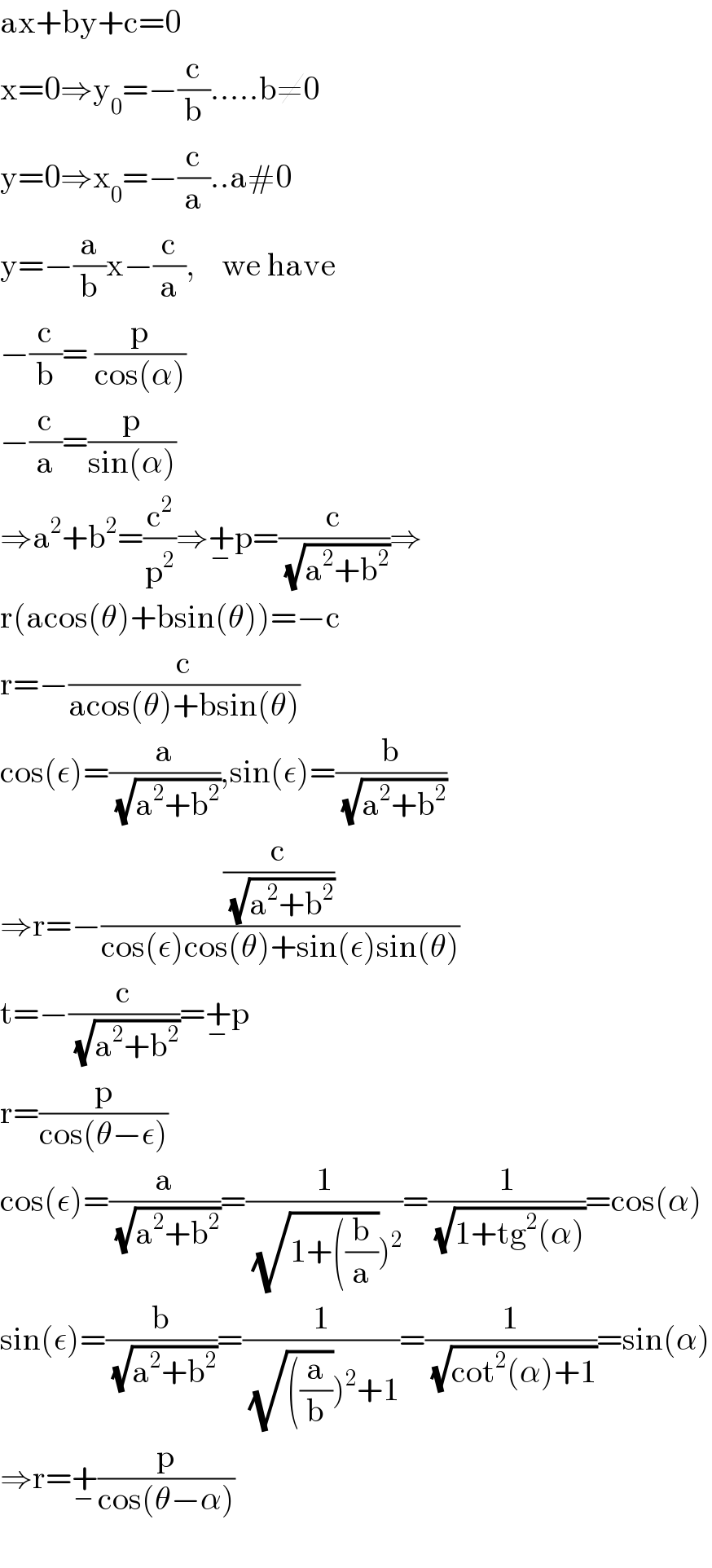
Question and Answers Forum
Question Number 75110 by peter frank last updated on 07/Dec/19

Answered by mind is power last updated on 08/Dec/19

Commented by peter frank last updated on 09/Dec/19

Commented by peter frank last updated on 09/Dec/19

| ||
Question and Answers Forum | ||
Question Number 75110 by peter frank last updated on 07/Dec/19 | ||
 | ||
Answered by mind is power last updated on 08/Dec/19 | ||
 | ||
| ||
Commented by peter frank last updated on 09/Dec/19 | ||
 | ||
Commented by peter frank last updated on 09/Dec/19 | ||
 | ||